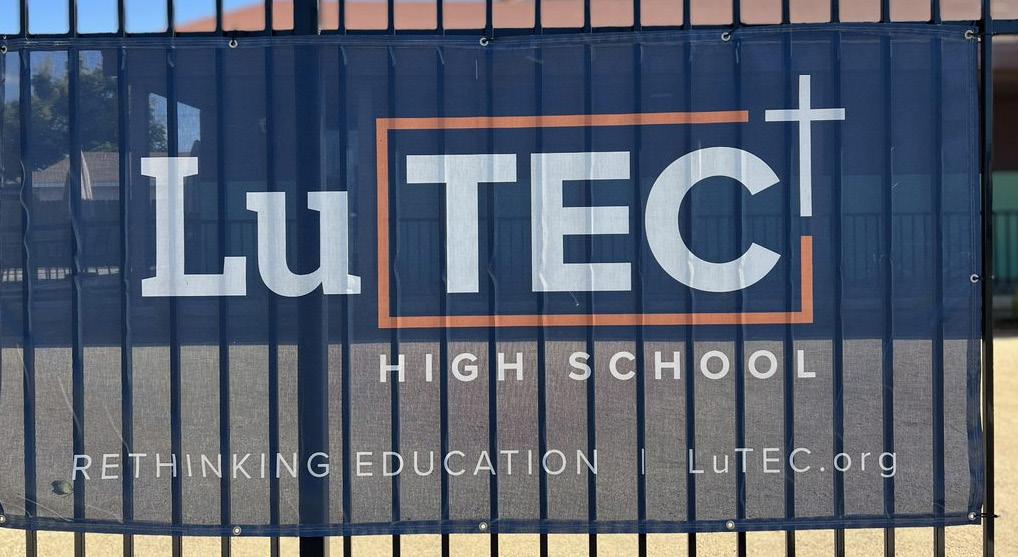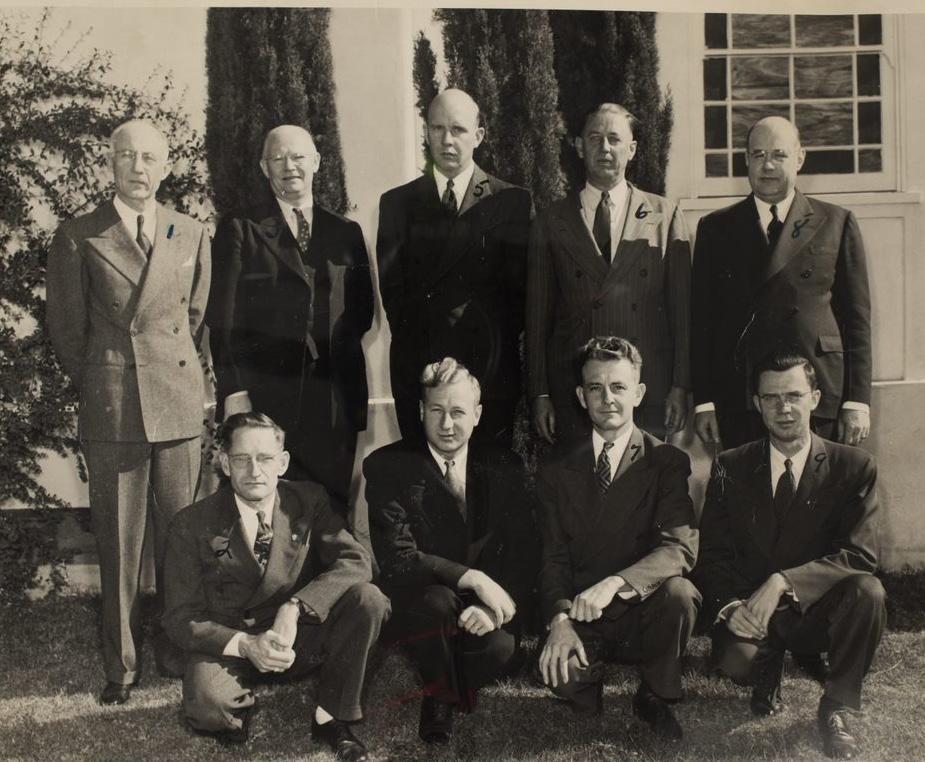
3 minute read
WHERE SPIRITUALITY AND TECHNOLOGY MEET
In May 2022, Governor Newsom announced plans to distribute $108.6 million to create a pipeline for K-12 students to enter the workforce directly to much needed technical jobs rather than the traditional path – a four year college. Mark Edwards of Opportunity Nation couldn’t agree more. “We’ve done a disservice to this country suggesting that there is only one pathway to success, which is to get a bachelor’s degree,“ he says.
According to the CA State Board of Education, 66 public technical high schools were in operation in 2023. With faith-based high schools seeing growth in enrollment post COVID, some now also see an opportunity to enter the world of high-tech highs.
Advertisement

Some in SoCal, like Don Bosco Tech, a fully integrated Catholic high-tech high school in Rosemead, CA for boys only, entered this field of service more than 65 years ago. Now other faith-based schools are answering the call. The latest faith based high-tech high entering the ranks is co-ed LuTEC High in Norwalk, CA.
In February of 2021, twenty-two enthusiastic leaders from all over the Pacific Southwest District (PSWD) of a church organization known as the Lutheran Church Missouri Synod gathered to plan. PSWD encompasses a large area including 8 of California’s southernmost counties, Arizona and parts of Nevada. They comprise of 291 church congregations, 72 preschools, 65 elementary schools and 9 high schools.
As PSWD’s 10th and non-traditional high school, LuTEC has been a dream come true, for founder and principal Todd Moritz. His unlikely background makes him the perfect leader for the school’s teen students who come from all religious, ethnic and socioeconomic backgrounds.
“I grew up in the Chicago area and was a thirdgeneration agnostic. Through many miracles, I came to faith in Christ during my college years. After spending 20 years in corporate America, I followed my passion for the last 25 years serving in fulltime church ministry,” he says. Moritz is also a CPA, MBA and Minister of Religion in his denomination. He’s spent the last 11 years leading large SoCal high schools -- his most recent being Orange Lutheran High School.
In August of 2022, LuTEC High School opened its doors and began placing students in a practical Career Technical Education model. They’ve already seen success with students like Tony Chaves as pictured on the left. Chavez, who will graduate in 2026, is excelling in his classes taught by actual professionals in the fields he may eventually enter. To learn more about LuTEC High School, visit their website at www.luTEC.org
According to USC’s Dornslife Center for Religion and Culture, “One of the unique elements of American society is the dense network of faithbased organizations that exist in every community. These organizations utilize the resources of church and congregational buildings, leadership within the faith community and the financial generosity of people seeking to live out their convictions. Moreover, they draw on the moral traditions of their communities to inspire people to engage in acts of service."
Some like Episcopal Family Services, Catholic Charities and Lutheran Social Services of Southern California (LSSSC) have operated social service agencies in SoCal for decades. For LSSSC, it all began with a food distribution project called Project Hand which still operates in the SoCal City of Chula Vista.
All of Southern California seemed in turmoil during the time, this now 14 million dollar agency came to be.
PICTURED ABOVE - Original Lutheran Welfare League Members
PICTURED LEFT - Original “PROJECT HAND” Sign

Reports to conventions of Lutheran congregations back during that time said so. Before Pearl Harbor was bombed, thousands began to move west to work in wartime industries. Plenty of jobs, but little housing, even few beds. Childhood and teen delinquency and divorce on the rise. Alcoholism, increasing. Overall, the constant fear of enemy attack.
Many pleaded to Lutheran pastors for help. Several Lutheran churches were near U.S. Route 80, the only boulevard in and out of San Diego and points east. “Our Savior’s was close; Good Shepherd was closer. Downtown, Bethesda lay at the center of need. Those in desperation could walk from the boulevard to pastors’ offices. Needs were great but resources were few," recalls the founder’s grandson Ray F. Kibler, Jr.
The Lutheran pastors in San Diego prayed and discussed. They called two meetings with LA area churches at which representatives of congregations formed a Lutheran Welfare Commission. Several meetings later and those efforts had resulted in combining the Los Angeles and San Diego programs into one LSSSC, creating more resources to meet the needs of more people.
A historian had the right name for Lutheran social service programs during this time of turmoil in American society: “Love’s Response.”
Pastors Towe, Friedlund, Kibler, Sr., and their six colleagues are pictured in the photo above from San Diego. "Lutheran pastors would insist that LSSSC was a team effort and not an individual’s achievement,” Ray Kibler, Jr. fondly states. “They would proclaim that LSSSC is still God’s work: “Love’s Response.”


